Optimal Timing for Dry Rot Repairs
Dry rot repairs are most effectively performed during periods of dry, stable weather. Moisture control is critical in preventing the spread of dry rot, making warmer and drier seasons ideal for undertaking repairs. Avoiding periods of high humidity or heavy rainfall ensures that repairs are durable and less prone to future issues.
Late spring and summer months provide optimal conditions for dry rot repairs due to lower humidity and consistent dry weather.
Perform repairs when the weather forecast predicts several days of dry conditions to allow proper drying and treatment of affected areas.
Warmer temperatures aid in the effectiveness of fungicidal treatments and help ensure thorough drying of wood and surrounding materials.
Timing repairs before the onset of autumn and winter minimizes the risk of moisture intrusion during wetter months.
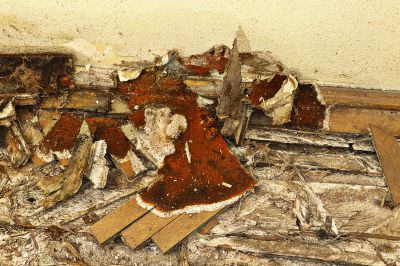
Dry, sunny conditions facilitate effective treatment and repair processes.
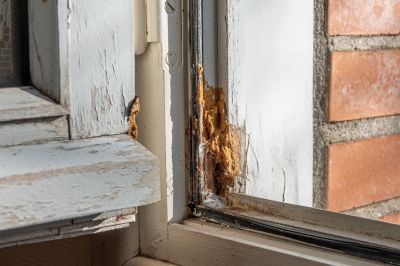
Scheduling repairs before rainy seasons ensures better outcomes.
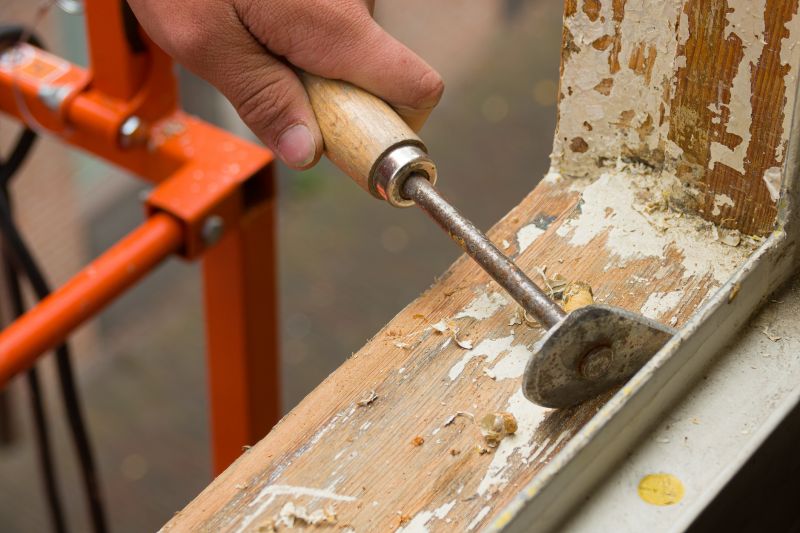
Warm temperatures improve fungicidal effectiveness.
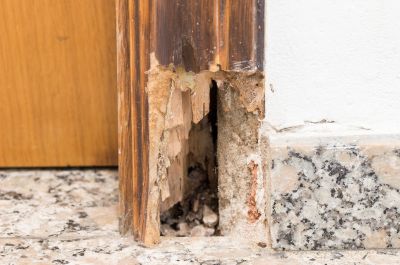
A well-prepared, dry site enhances repair durability.
Dry rot repairs involve removing affected wood, treating the area with fungicides, and replacing compromised materials. Proper timing ensures the effectiveness of treatments and the longevity of the repairs. Moisture control is essential throughout the process to prevent recurrence. Regular inspections and maintenance can help identify early signs of dry rot, allowing for timely intervention.
| Season | Best Conditions for Dry Rot Repairs |
|---|---|
| Spring | Moderate temperatures, increasing daylight, and lower humidity |
| Summer | Dry, warm weather ideal for treatment and drying |
| Autumn | Less suitable due to increased moisture and rainfall |
| Winter | Generally unsuitable due to cold and damp conditions |
| Late Spring to Early Summer | Optimal window for effective repairs |
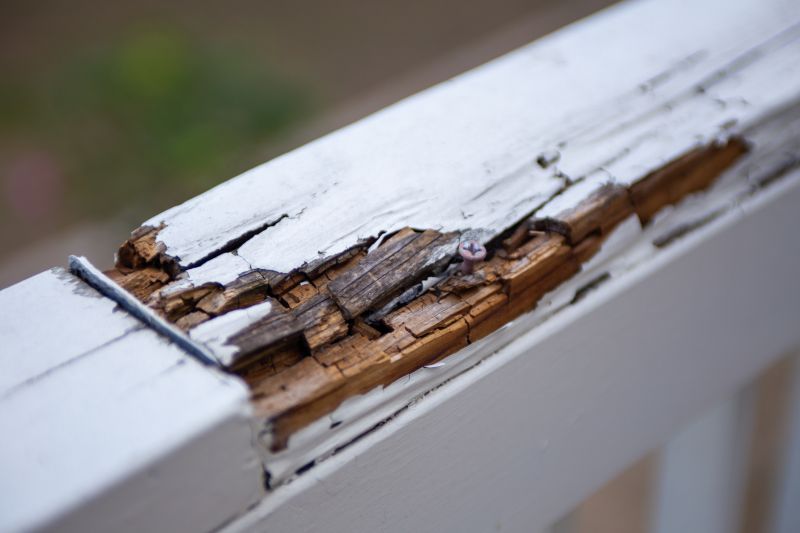
Effective repairs during dry weather prevent recurrence.
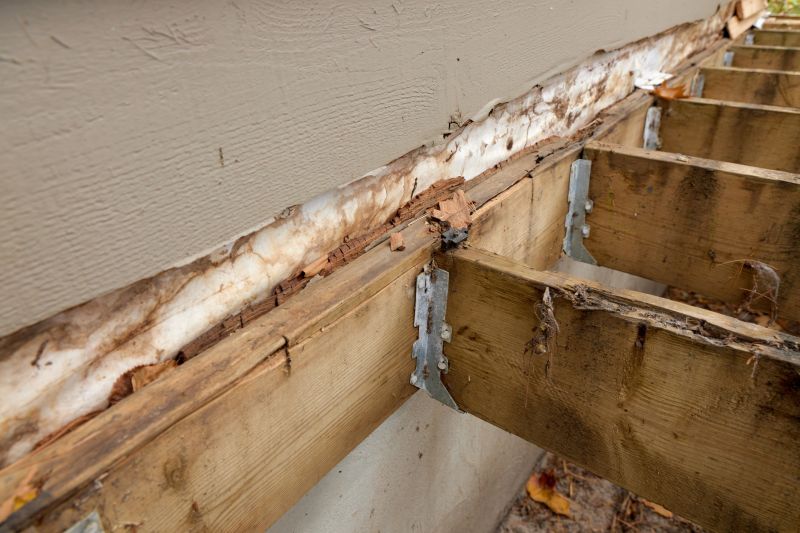
Proper timing results in durable, long-lasting repairs.
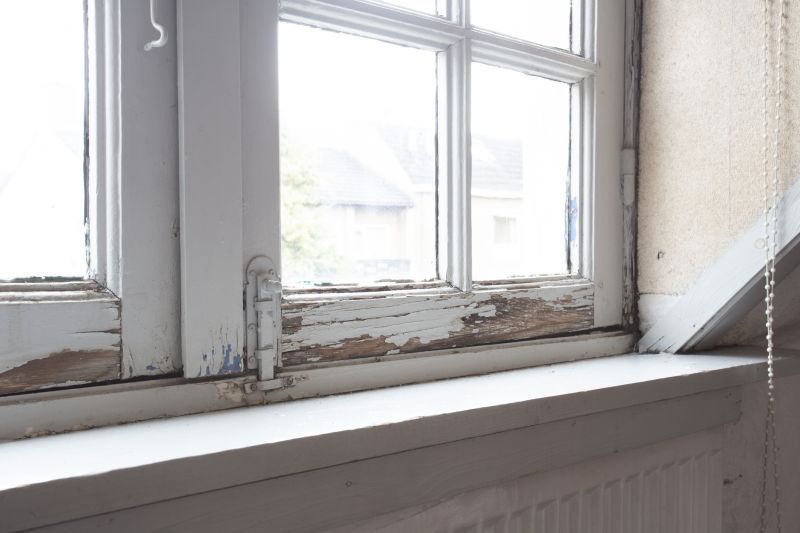
Early detection during dry seasons facilitates successful treatment.
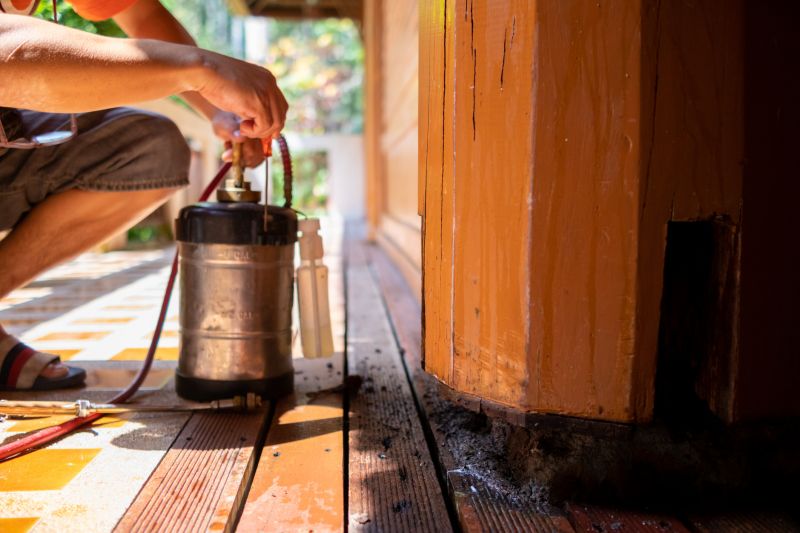
Applying fungicides during warm, dry conditions enhances effectiveness.
Choosing the right time for dry rot repairs is essential for ensuring long-term protection of wooden structures. Properly scheduled repairs during dry periods help prevent moisture ingress, which is the primary cause of dry rot. Regular maintenance and inspections during favorable seasons can significantly reduce the risk of extensive damage and costly repairs in the future.
Interested in scheduling dry rot repairs? Fill out the contact form to get more information and assistance tailored to specific needs.
